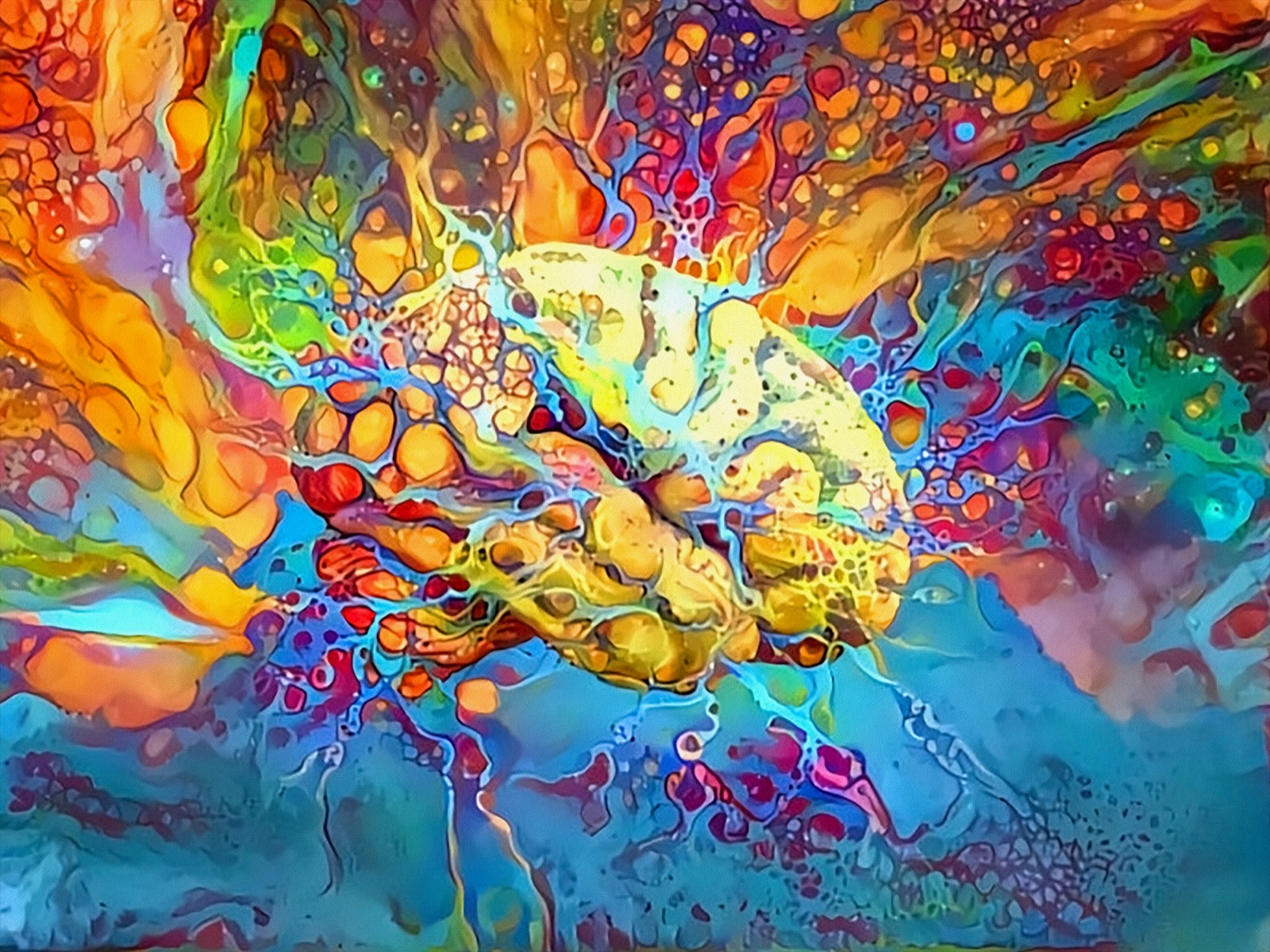Exactly How Trump Art Influences Public Understanding of Political Numbers
Exactly How Trump Art Influences Public Understanding of Political Numbers
Blog Article
Looking Into the Diverse Globe of Artistic Expression: From Surrealism to Abstract Realistic Look
In the realm of creative expression, from the dreamlike landscapes of surrealism to the detailed play of light and form in abstract realism, musicians have actually continuously pushed the boundaries of creativity and creative imagination. As we check out the multifaceted world of art, we are offered with a tapestry of designs, techniques, and philosophies that challenge our understanding and provoke consideration.
Surrealism: Releasing the Subconscious
Surrealism, a progressive imaginative motion of the 20th century, explored the depths of the subconscious, introducing a world of dream-like images and unique associations. Spearheaded by artists like Salvador Dali, René Magritte, and Joan Miró, Surrealism sought to challenge the conventional ways of seeing and recognizing art. Via strategies such as automatism and dream evaluation, Surrealist artists intended to touch into the unconscious mind to disclose hidden facts and desires.
One of the crucial elements of Surrealism was the emphasis on the unreasonable and the astonishing. By combining unexpected elements in their works, Surrealist artists aimed to create a sense of disorientation and shock in the viewer. This disturbance of reasoning and factor was indicated to prompt a deeper expedition of the subconscious and the enigmas of the human subconscious.
Abstract Realistic Look: Redefining Understanding
Challenging conventional artistic boundaries, Abstract Realistic look redefines perception with the combination of recognizable elements with abstract kinds. This innovative approach to art incorporates the representational accuracy of realism with the creative freedom of abstraction, offering audiences a distinct aesthetic experience that triggers them to question their assumption of fact.
In Abstract Realistic look, artists aim to capture the significance of their subjects while likewise instilling their collaborate with a feeling of depth and complexity through abstract components. By mixing the aware of the unknown, these artists welcome target markets to involve with their pieces on multiple levels, motivating them to discover the subtleties of texture, form, and color.

Cubism: Fragmenting Fact
Utilizing geometric types and fragmented point of views, Cubism changed the artistic representation of fact in the early 20th century. Established by Pablo Picasso and Georges Braque, Cubism sought to test conventional notions of perspective and representation. By breaking down things and figures right into geometric shapes and providing them from multiple point of views concurrently, Cubist artists aimed to capture the significance of the subject instead of its actual look. This approach not just deconstructed fact yet also emphasized the flatness of the canvas, leading the way for future abstract art movements.

Cubism can be categorized right into 2 major phases: Analytical Cubism, defined by single color pattern and elaborate, fragmented forms; and Synthetic Cubism, which included collection aspects and brighter shades into the make-ups. With these unique phases, Cubism affected not only paint yet additionally layout, architecture, and sculpture. trump art. Its effect resounded throughout the art world, motivating musicians to discover new means of interpreting additional reading and representing the globe around them
Expressionism: Emotions on Canvas
Discovering the midsts of human feelings with expressive and brilliant brushstrokes, Expressionism became an extensive creative motion in the very early 20th century. Unlike previous art motions that focused on depicting the outside world, Expressionism explored the interior realm of the musician's psyche, aiming to stimulate raw emotions and provoke natural feedbacks from audiences.
Expressionist musicians, such as Edvard Munch, Egon Schiele, and Emil Nolde, declined traditional notions of elegance and realistic look for distorting form and color to share subjective sensations. The usage of exaggerated brushwork, bold colors, and altered numbers aided produce a feeling of worry, alienation, or passion in their works.
One of one of the most well-known examples of Expressionism is Munch's "The Scream," which catches the intense anxiety and anguish of modern-day life with its swirling, distorted figure against a blood-red sky. Through their psychologically billed works, Expressionist artists sought to test traditional artistic norms and provide a window into the unstable midsts of the human heart.
Contemporary Art: Advancing Perspectives

One of the specifying attributes of contemporary art is its constant go to this website evolution and capacity to adapt to altering social landscapes. Artists are progressively integrating innovation into their method, blurring the lines in between the physical and electronic realms. This fusion of mediums allows for cutting-edge methods of storytelling and involving with audiences in a much more interactive fashion.
In addition, modern art typically offers as a platform for social discourse, addressing pressing problems such as identification, national politics, and the atmosphere. Musicians are utilizing their work to provoke and stimulate essential discussions thought, clarifying the complexities of the world we live in. As point of views remain to develop, modern art remains a influential and vibrant pressure in shaping our cultural landscape.
Verdict
Finally, the globe of creative expression includes a wide variety of styles and motions, each with its very own unique approach to conveying significance and emotion. From surrealism's expedition of the subconscious to abstract realism's redefining of understanding, and from cubism's fragmentation of reality to expressionism's portrayal of emotions, art continues to advance and challenge perspectives - trump art. Contemporary art mirrors the ever-changing world we reside in, offering brand-new ways to translate and recognize the intricacies of our truth
As we discover the complex globe of art, we are presented with a tapestry of styles, strategies, and viewpoints that challenge our understanding and prompt reflection. Its influence resounded throughout the art globe, motivating musicians to explore new means of interpreting and standing for the globe around them.

Report this page